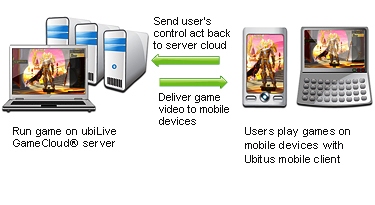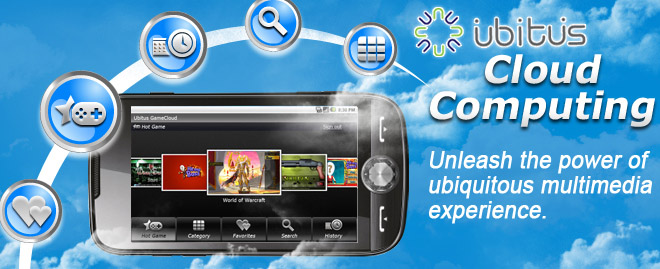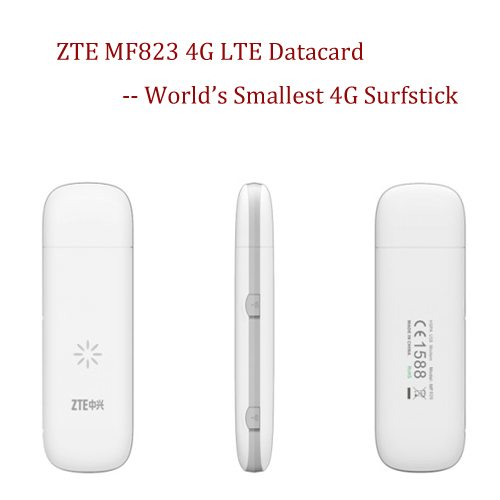With new LTE Smartphones, which are available in many markets now, users want to get exactly the same services as the old UMTS smartphones, the service includes SMS.
The SMS is, in evolutionary, actually a waste product. In GSM and UMTS networks, there is so-called signaling channel, which is used for user to display the signal strength of its cellular network. There was in the early days of mobile phones still free space and so they came up with the idea of sending short text messages via this radio channel. The success surprised the inventor. Developed to today, some phones seems to become the second function of a mobile phone, and this function should continue under LTE netwoks.
SMS is also continued on the old networks
At the point under the LTE network, which is responsible for signaling data, SMS is then processed over GSM or UMTS networks forwarded. Thus, even a lot of SMS services continue to be used, which have proven themselves – such as the configuration of mobile phones via SMS – without having to make major changes. The technical term for this SMS technology in LTE networks “ Circuit Switched Fallback for SMS”.
The Future: SMS as a simple Internet File
The alternative is to completely treat the SMS in LTE network. This will eventually be made. But for this you have to build an entirely new element in LTE networks – the so-called IP multimedia Subsystem. This element is everything – to put it simply – as an Internet file treats – from voice call up just to SMS.
This is complex, as the example shows SMS: If you want to existing services – such as smartphone SMS configuration – switch to the new mode of transmission, you need to build these services virtually from scratch – with the provider as the terminal of the customer. This costs time and money.


